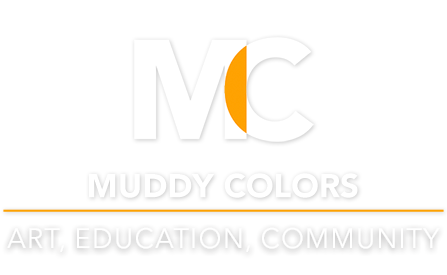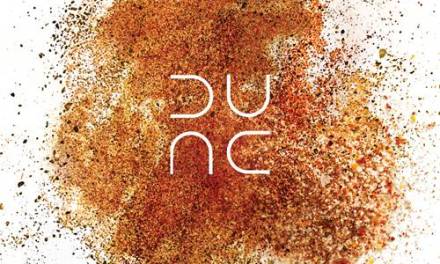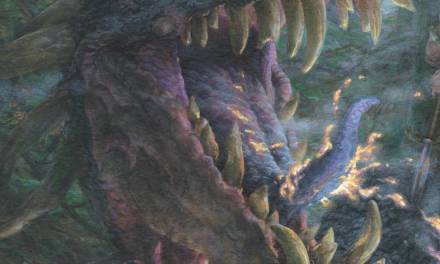Cold finishes are any surface treatment on ceramic sculptures that are not traditionally fired in a kiln. Glazes, underglazes and stains are all kiln-fired approaches that are classically used to finish ceramic pieces. We generally don’t use glazes as they tend to obscure sculpted details making them look like they’ve been dipped in cream. They can also be unpredictable. Despite extensive testing, the various factors that occur within a firing environment can cause disasters. One time, we’d done many test firings on a lovely satin gunmetal grey finish to confirm we had all the variables just right. We applied it to a kiln full of our sculptures. Several days later after the firing was complete, we opened the kiln and, to our horror, every sculpture had turned a nasty slime green, with the exception of one shiny silver chrome finish – no satin gunmetal in sight. Argh. That was one lesson we didn’t need to learn twice!
To make matters more challenging, glazes are notably difficult to alter once finished if you don’t like what you got. Kiln-fired underglazes and stains are another story, but after years of experimentation, we find cold finishes are our preferred option due to the flexibility, control, reliability and precision we can achieve. These can include any kind of paint – acrylic, oil, casein, wood stains, wax, encaustic, graphite and so on. Painted clay sculpture used to be a bit shocking to purists, but as humans have been engaging in these methods ever since primitive civilizations produced artwork, we’re just expanding on the tradition.
Below is a two minute time-lapse of applying an acrylic finish to our “Jacked Rabbit.” He was sculpted in Clay Planet’s “Smooth Sculpture” clay body – a very smooth (as the name would indicate), fine bodied clay that fires to a bright white color in oxidation.
To maintain color cohesion and what we call a sculptural finish (one that generally mimics the natural grey and tan colors and satin sheen of wet clay), we used a simple palette of Titanium White, Mars Black and Raw Sienna. We added a touch of Manganese blue in the eyes and Naphthol red for the eye corners and inside of ears. These we still blended with our main colors to keep them subtle. We also used a matte medium to tone down the natural gloss.
As seen in the time-lapse, we often work together on the same sculpture simultaneously, on opposite sides, continually turning the piece and attending to anything we see. This is very helpful when working with acrylic due to the fast drying time. Colin may be applying the color while I’m blending the transitions and brush strokes.
We start with a general color direction in mind, then proceed to “sneak up on it,” laying in softer washes to establish the general relationships and light to dark transitions. Once we like the direction, we increase the opacity. We allow the transitions between color sections to overlap and run into each other to avoid a “paint by numbers” feeling where the different parts have hard edges. This creates a consistency throughout the piece. We like the base layers to show through the upper layers, even if very subtly, to create more complexity in the color surface.
There are several phases to creating the base layers, going back and forth to make sure all the parts relate well to the others. Colin then stepped in with an airbrush to soften transitions, accentuate edges such as on the ears and blend the layers.
I then added detail to the eyes. Depending on the piece, we sometimes skip this step if we want the entire thing to have the “classic sculptural finish” without delineation of parts. For our Humanimals, we find details in the eyes adds an element of believe-ability and relate-ability.
Once all of these parts are complete, we let the piece rest overnight so we can assess it with fresh eyes in the morning. We go over it a final time, refining details and areas that we may have missed on the previous passes. We often find that there is one final pass after the photography as the camera somehow manages to find things we have missed.
“Jacked Rabbit”, along with our preliminary concept sketch will be part of the “Character in Context” show this summer at the AR Mitchell Museum of Western Art in Trinidad, Colorado. The show opens May 2, showcases an incredible roster of artists and will feature a weekend of events including live painting demonstrations with several attending artists, including Greg Manchess. There are events planned throughout the town and weekend. It will be lots of great art and fun!








Thank you for this, Kristine (and Colin), and the work you put into making everything, from sketch to figure to article on Muddy Colors!
“Sculpting” seems like drawing times one thousand (literally, in the case of 3D printers…)–it’s daunting, but so informative. And alive! I believe he could twitch an ear in my direction, and then punch me for thinking evil thoughts. Jacked rabbit, indeed!
I do have a question: did you fix or “harden” the sculpture before painting? I imagine so; but from what you wrote, maybe not in a kiln? Just curious!
Hi Courtney – Thanks for sharing your thoughts. Yeah, sculpture has a lot of challenges, but… I always thought drawing was magical! That entire worlds can come into being just with a common piece of paper and a pencil – astounding!
I’m pleased that you like Jacked Rabbit and that he brings some evil thoughts to you 😉 Indeed, he was fired in a kiln prior to finishing. Ceramic clays need to be fired (heated/”baked” to anywhere between 1900º and 2300º F) in order to become “vitrified” (glass-like) and permanent. Water based (ceramic) clay goes through a molecular change during the firing process that make them somewhat to completely impervious to liquid. Without going through this conversion, our poor Jacked Rabbit would have melted a bit when we started putting water on him. Apologies for the lack of clarity on that point in the article!